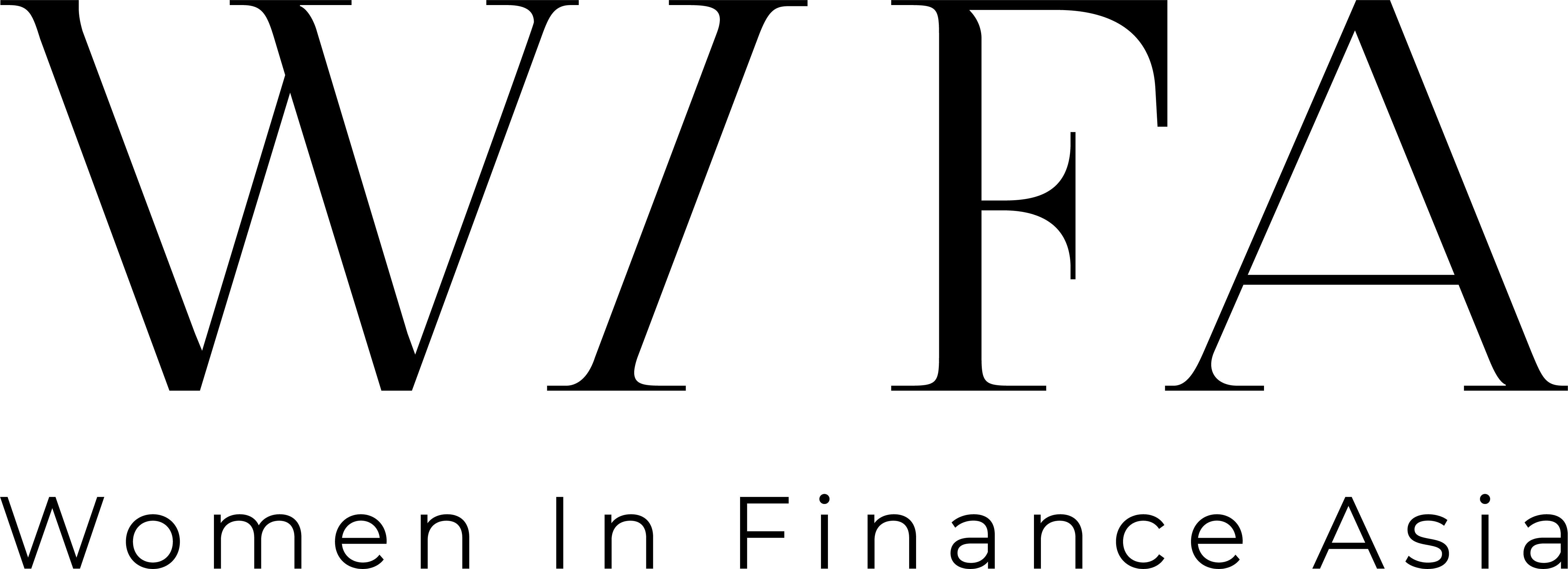Equity, diversity and inclusion has been an increasing priority in Asia and is now widely considered a business imperative, yet female participation in the workforce (and pay inequality) in Asia continues to significantly lag behind male participation.
Financial services, like tech, struggles with achieving gender parity more than other industries and the recent growth in female representation is stagnating in many countries in Asia. It’s not enough to focus just on inclusion, organisations need to audit and re-engineer their recruitment processes, argues Tom Lakin, Global Head of Future of Work Advisory at Robert Walters.
Back in 2020, I began exploring how hidden bias may be creeping in to our (and our clients’) recruitment processes. I had expected to identify some approaches which introduced bias but I was stunned by the scale of unintended and hidden bias that I found. What I had intended to be a short project became a large-scale bias minimisation programme. The output of this project was a Recruitment Inclusivity Diagnostic analysing 257 hidden biases. Fast forward to 2024 and 25 of the largest financial services organisations in Asia and Europe have commissioned the diagnostic, so I wanted to share with Women in Finance Asia some of the key findings:
- Job adverts in financial services in Asia are written to attract men
Language is important – it has the potential to attract or dissuade certain communities from engaging with the copy. My team and I have analysed c5000 job adverts in Asia alone and the findings are striking – 100% financial services companies audited used masculine gendered wording (words more likely to appeal to men than women). Further, financial services companies use more bullet points than any other sector audited, again more likely to appeal to men than women. There are some regional nuances too – Hong Kong has the most complex and difficult to read job adverts. - The way banks in Asia discuss pay disadvantages women
Pay transparency in finance remains very low (outside of markets such as the US where regulations require salary bandings to be advertised). Our team audited 100 top employers and only 5% detailed pay bandings (excluding recruitment agency listings). Asking current salary is standard practice across much of Asia and this approach means that banks potentially inherit a previous employers bias thus perpetuating the gender pay gap. Research shows that asking for current salary details disadvantages women. - Female representation on careers websites is getting better.
Our diagnostics of financial careers websites have showed a consistent improvement in female representation featured in career content and collateral. This facial representation is significant – it challenges assumptions that financial services is a male industry. This representation can encourage a sense of belonging and inclusivity. Around 90% of financial services companies we assessed in Asia achieved gender parity in 2024. However, older women continue to be under-represented in both collateral and employer branding content. - Women’s Employee Resource Groups are under-utilised for recruitment
Employee resource groups (voluntary employee-led groups to foster diverse inclusive workplaces) are on the rise – almost all international banks operating in Asia have them. However, our diagnostics found the majority of organisations with existing women-led employee resource groups do not use them as a channel for female referrals for job vacancies. - Assessment and selection approaches and technologies often disadvantage women.
Many employers in Asia use technologies that they have not analysed for gender bias. For example, tests featuring timed count-down clocks/timers on screen disadvantage women.
Some of these barriers and biases can be relatively quick and easy to deploy but buy-in from senior stakeholders is essential. One Asia-focused bank was able to implement 13 changes to minimise bias within 4 weeks. However, there is no silver bullet when it comes to achieving gender parity in financial services, but analysis, auditing and action can help implement impactful, meaningful change.
Connect with Tom – https://www.linkedin.com/in/tomlakin/
